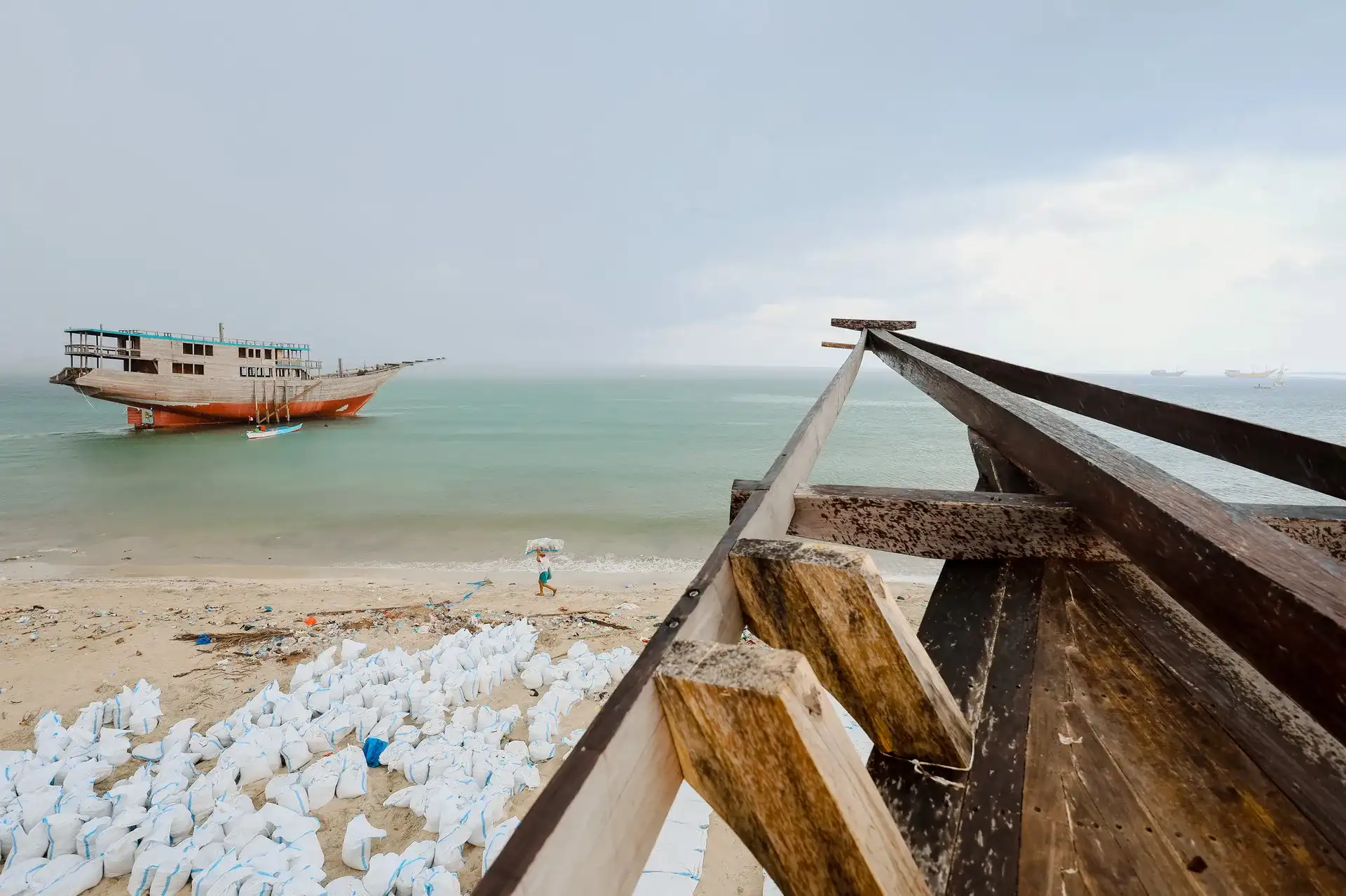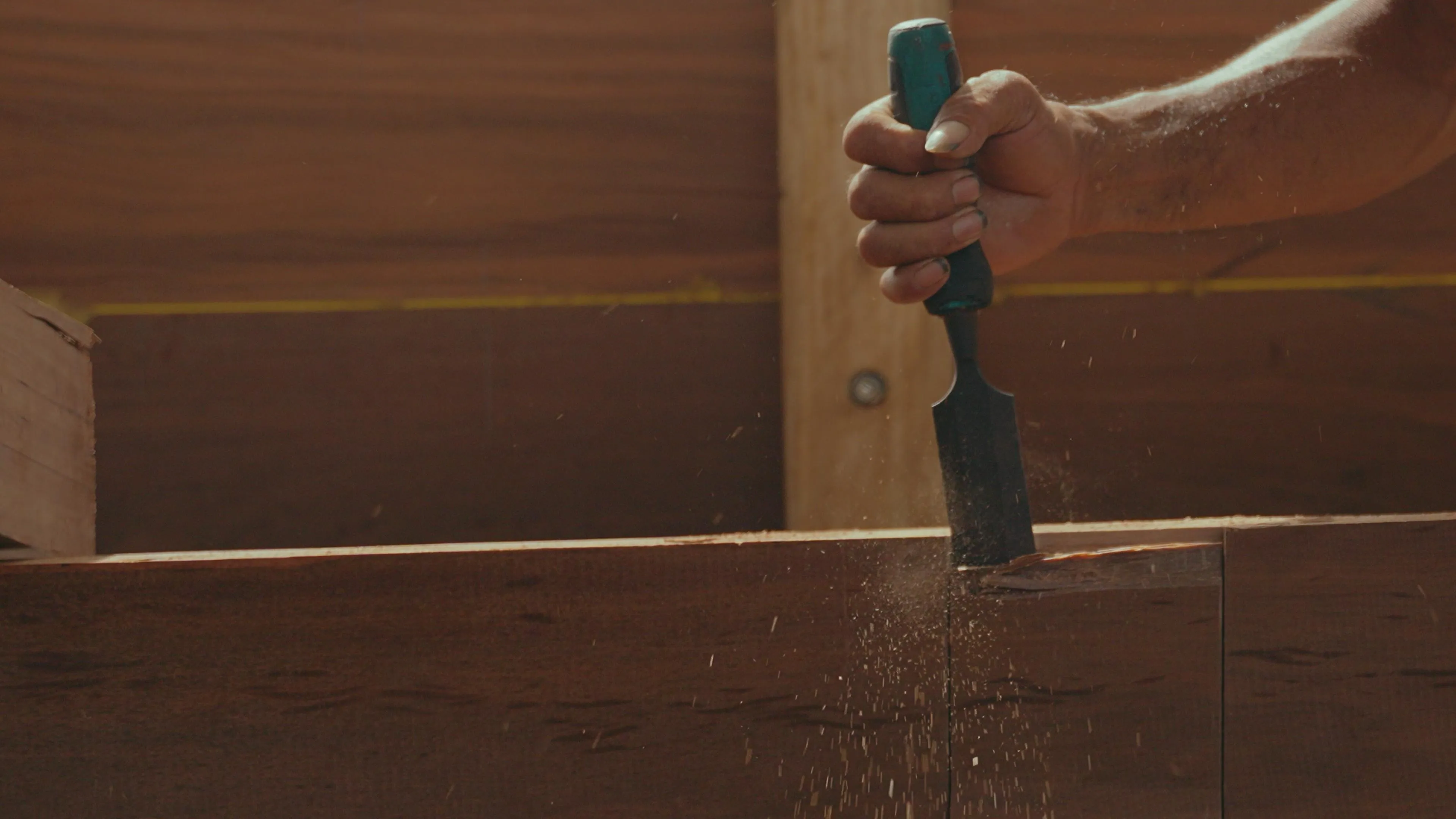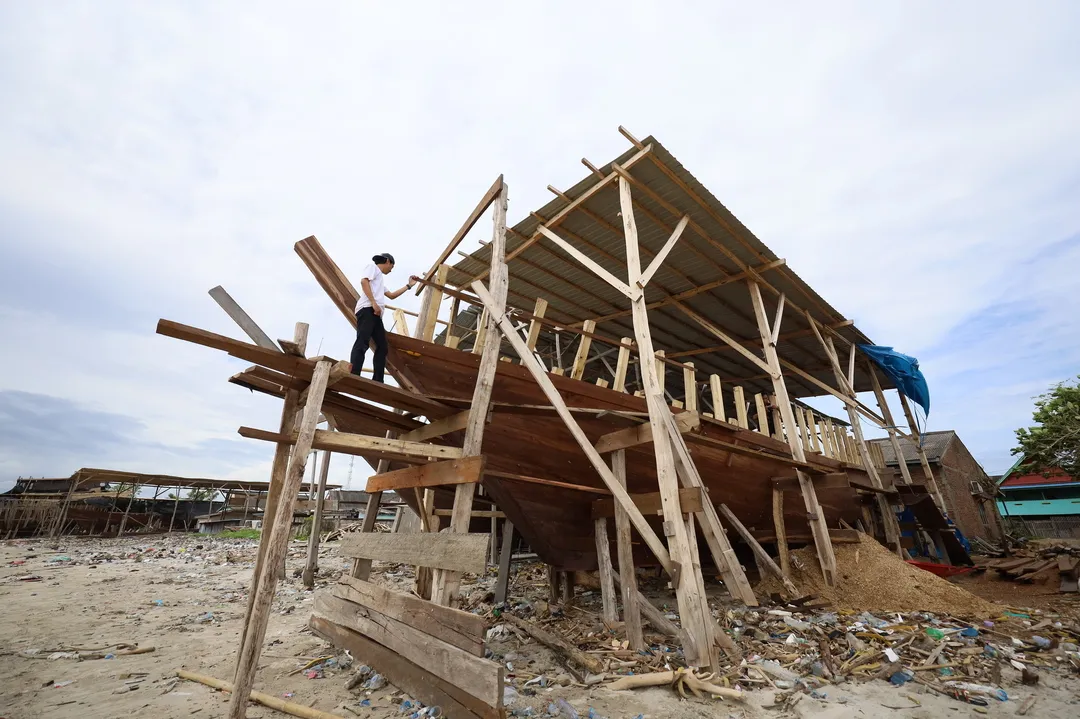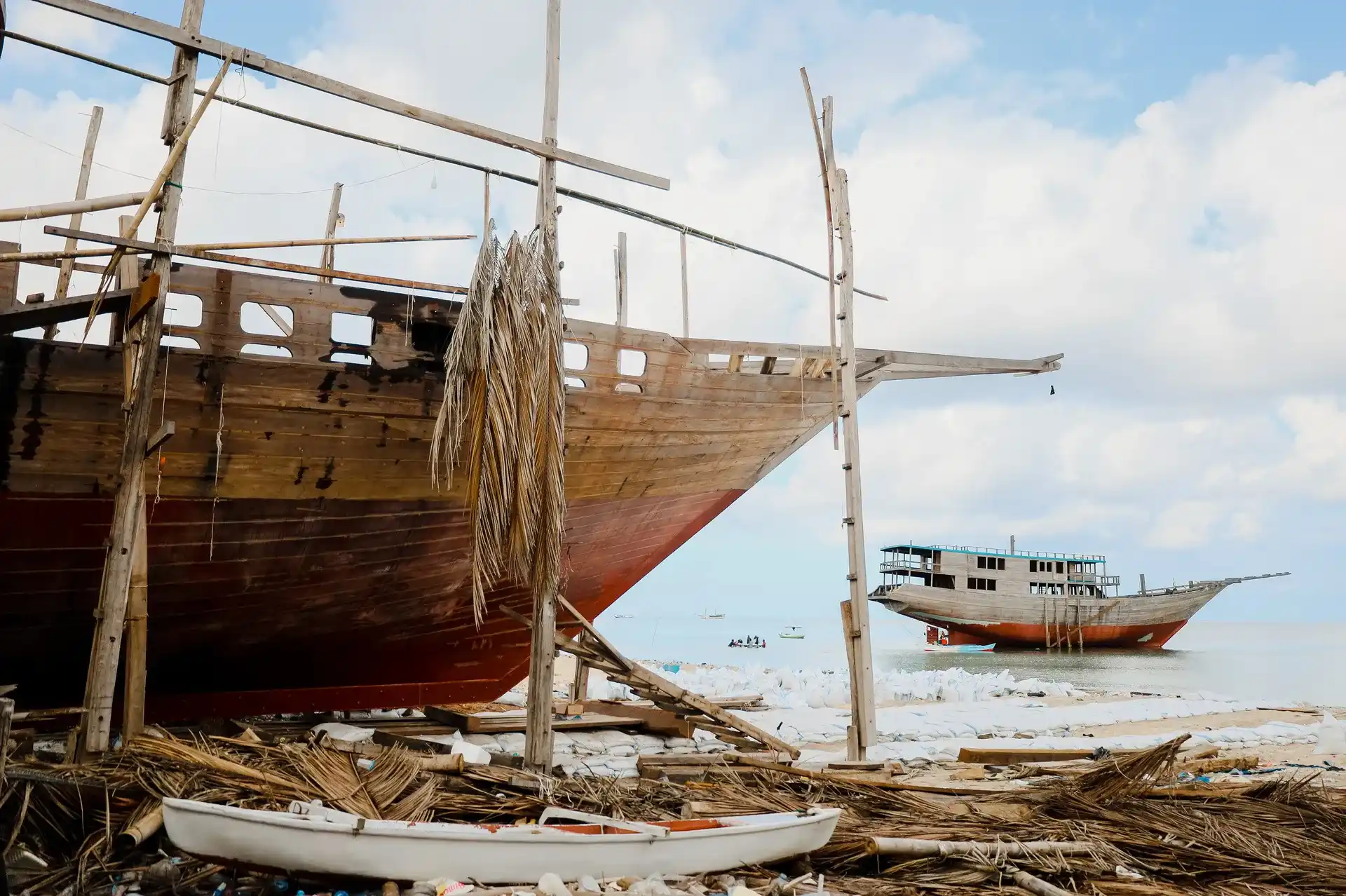Phinisi Construction Unveiled: The Timeless Craft Behind Indonesia’s Legendary Ships

Phinisi construction is more than just a shipbuilding process. It is a cultural legacy. These traditional wooden ships, hand crafted by skilled artisans in South Sulawesi, have long embodied Indonesia's maritime spirit.
Recognized globally for their elegance and durability, Phinisi vessels are deeply tied to the identity of the Bugis and Makassar people.
Curious about how they’re built and what makes them so legendary? Let’s explore the rich story and intricate process behind Indonesia’s iconic ships below.
Origin and Symbolism
The Phinisi ship traces its origins to the Bugis and Makassar ethnic groups in South Sulawesi. Historically, these communities were renowned seafarers, navigating vast oceans for trade, exploration, and diplomacy. Their ingenuity led to the creation of the Phinisi, a type of two masted sailing vessel designed for strength and flexibility on long voyages.
Beyond its function, the Phinisi holds deep symbolic meaning. It represents courage, perseverance, and the harmony between human skill and nature. For many Indonesians, especially in maritime communities, the Phinisi is not just a mode of transport. It is a cultural emblem of pride and resilience, embodying the country's long standing relationship with the sea.
Read Also: The History of Phinisi: World-Class Cultural Heritage of Bulukumba
Recognition and Global Fame
The global recognition of Phinisi ships is a testament to their cultural and artistic value.
- In 2017, UNESCO acknowledged the knowledge of Phinisi boatbuilding as an Intangible Cultural Heritage of Humanity.
- These ships are now widely used for international sailing expeditions, luxury cruises, and even transformed into floating boutique hotels.
- Their timeless design and hand crafted appeal make them sought after by travelers and collectors around the world.
Building a Phinisi Boat Step by Step
The process of building a Phinisi is a meticulous and sacred journey. Each stage reflects generations of skill, spiritual traditions, and dedication to craftsmanship. Here are the steps:
1. Site Selection and Wood Preparation
The construction begins with the selection of a suitable site, typically near the coast where traditional shipyards are located. Before any work begins, ritual ceremonies are held to seek blessings from the spirits and ensure a smooth building process.
Craftsmen then gather specific types of wood, such as ironwood (ulin) or bitti wood, which are known for their strength and durability. The wood is seasoned and shaped meticulously, setting the foundation for the ship's longevity.
2. Keel Laying and Framework
Laying the keel is the first major structural step. This central backbone defines the size, shape, and balance of the ship. Craftsmen then construct the ribs and framework, carefully aligning them to maintain the vessel's integrity.
Each piece is hand fitted, with a level of precision developed through years of experience. At this stage, the ship's form begins to take shape, rising from the shore like a sculpture of tradition.
3. Hull Planking and Joinery
Rather than using nails or welding, traditional Phinisi builders rely on wooden pegs (pasak) and tongue and groove joinery to secure the planks. This not only maintains the ship’s traditional integrity but also enhances its flexibility and seaworthiness.
The planking process is labor intensive, requiring teams of craftsmen to bend and fasten each board securely while preserving the ship's hydrodynamic shape.
4. Deck, Interior, and Finishing Touches
Once the hull is complete, the deck and superstructure are installed. Depending on its purpose (fishing, transport, or tourism) modern touches like guest cabins, kitchens, and lounges may be added, carefully integrated without disrupting the traditional look.
The final touches include sanding, sealing, and painting, as well as adding sails made from canvas or natural fibers. These last steps bring the Phinisi to life, ready to sail both Indonesian waters and the world.
Read Also: Best Ways to Get to Komodo Island from Singapore
The Role of Community and Generational Knowledge
Behind every Phinisi is a community deeply engaged in preserving this maritime legacy. The shipbuilding process is not a solo endeavor but a shared heritage involving generations of skilled artisans. From elders to young apprentices, each plays a role in passing down techniques, stories, and values that keep the tradition alive.
1. Master Builders and Heritage Knowledge
Known as Panrita Lopi, master boatbuilders carry the knowledge of Phinisi construction passed down through oral tradition and direct mentorship. These individuals are highly respected in their communities, serving as both craftsmen and cultural custodians.
2. Social Bonds in the Shipyard
The relationship between workers, ship owners, and elders is built on trust and mutual respect. Everyone involved plays a specific role, from woodcutters to fitters, often working together for months or even years. This close knit collaboration fosters a sense of unity and shared purpose.
3. Rituals and Spiritual Meaning
Each stage of construction is infused with cultural rituals. Offerings and blessings are part of the process, honoring both the materials and the spirits believed to inhabit them. These spiritual elements reinforce a worldview that sees nature and craftsmanship as interconnected.
Why Phinisi Construction Matters Today
In today’s fast paced world, Phinisi construction remains a powerful reminder of slow, sustainable, and meaningful creation.
- Building Phinisi helps preserve maritime culture and educates future generations about traditional skills.
- The use of local materials and eco conscious methods aligns with sustainable craftsmanship and modern sustainability goals.
- Phinisi ships are now central to cultural tourism and national pride, attracting global attention to Indonesia's artisanal legacy.
The Legacy Lives On
Phinisi construction is more than just craftsmanship. It is a living expression of Indonesian identity, resilience, and harmony with the sea. Understanding the deep traditions behind these legendary ships allows Voyagers to connect with the soul of the archipelago.
It’s not only about maritime history, but about honoring the artisans, values, and coastal wisdom that continue to shape Indonesia’s future on the water. And the best part? You don’t have to admire it from afar.
Read Also: The Timeless Elegance of the Indonesian Phinisi: Where Heritage Meets Luxury
Discover the Art of Boat Construction with Riara Marine
Want to experience the Phinisi legacy up close? Riara Marine offers exclusive access to Boat Construction Workshops where you can witness firsthand how these iconic vessels are built by hand, by heart, and by heritage.
- Learn from local shipbuilders who’ve inherited generations of skill
- Understand each phase of the construction process, from keel to sail
- Immerse yourself in a working shipyard that keeps maritime traditions alive
Whether you're a culture enthusiast, maritime lover, or simply curious, Riara Marine’s Boat Construction Experience offers a rare opportunity to dive into the heart of Indonesia’s seafaring soul.
Ready to see it for yourself? Contact Riara Marine and start your Phinisi journey today.




